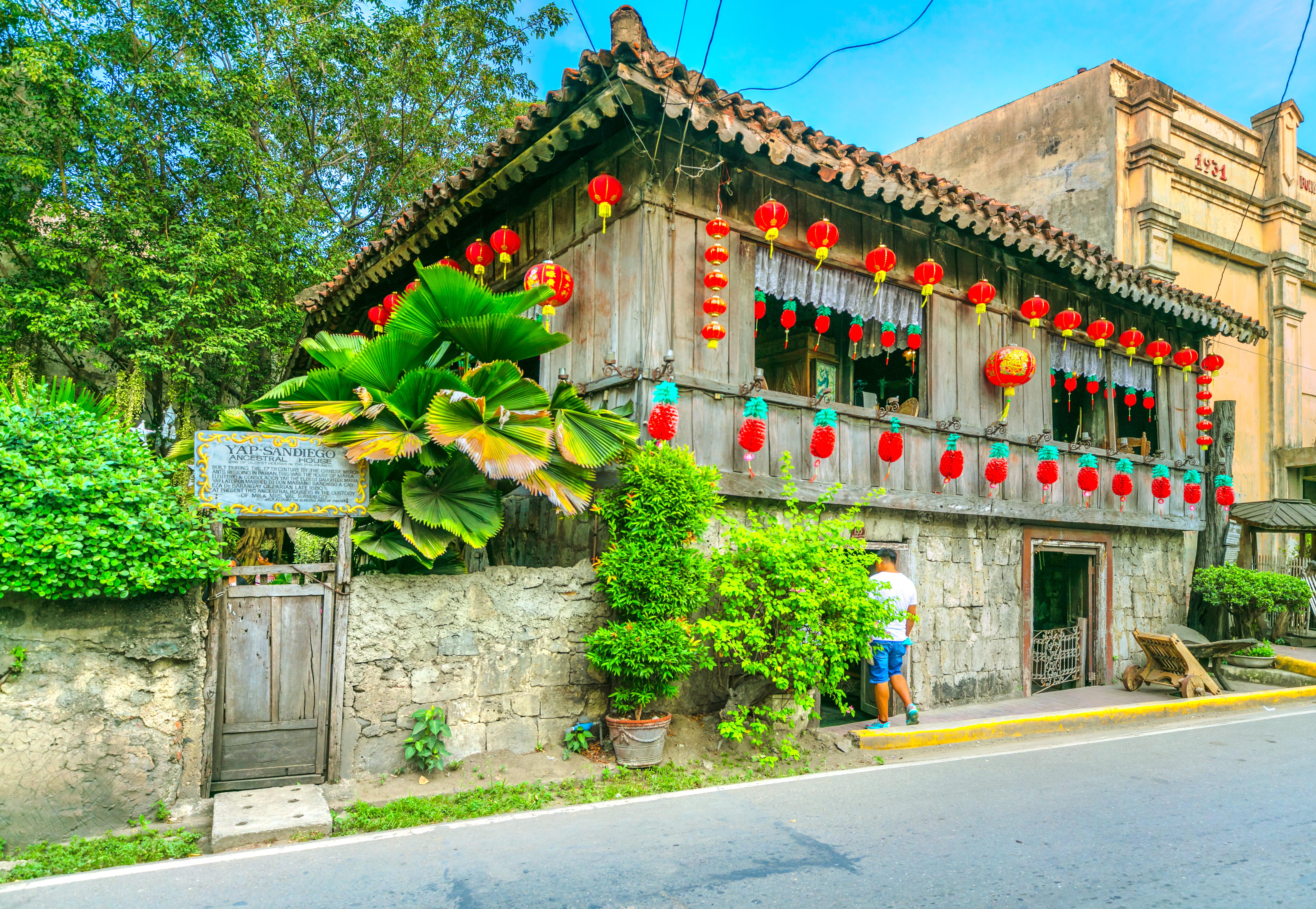It is one of the oldest homes in the Philippines and is believed to be the oldest Chinese house outside of China. The ancestral house was built by Don Juan Yap between 1675 and 1700 for his growing family: his wife Dona Maria Florido and their three children, Maria, Eleuterio, and Consolacion. It is said to be the first Chinese house built outside of China. It was built during the country’s Spanish colonial era where the Chinese were required to live in the Parians of a city. Cebu’s Parian was founded in 1590 after the arrival of Chinese traders. Often referred as “Balay nga Bato ug Kahoy” by the locals, the ancestral house is constructed out of coral stones and wood. Presently, it is considered as one of the oldest existing residential structures in the country and a proof the Parian district in Cebu City was a bustling barangay where houses are often designed with a second storey. This abode was eventually handed down to Doña Maria’s great great grandson, Val Mancao San Diego in 2008.
Attraction & Features:
Period artworks, well-crafted sculptures, antique designs,
and native furniture shower the interior with Filipino, Spanish and Chinese influences.
The beautiful coral stones and egg whites that make the walls;
and the molave, balayong, and terracotta glue that keep the roof strong.
The religious icons and images that remind guests of the Yap-Sandiego’s close devotion towards their faith.
